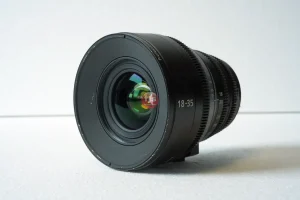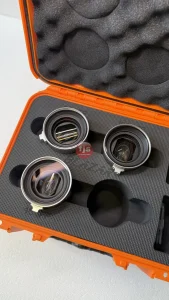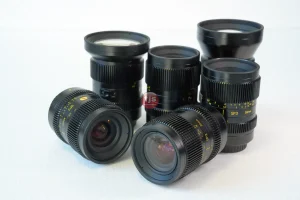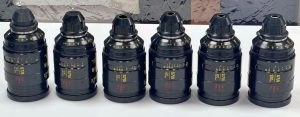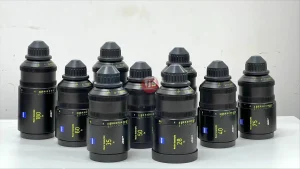Introduction
A sharp lens is a photographer’s best friend. It captures details with crispness, allowing for stunning images and flawless enlargements. But how do you know if a lens is truly sharp? This guide explores key factors that influence lens sharpness and provides methods to test it yourself.
Key Features and Benefits of a Sharp Lens
| Feature | Benefit |
|---|---|
| Crisp Details | Captures fine details, like textures, feathers on a bird, or individual strands of hair. |
| Enhanced Image Quality | Sharper images require less post-processing, resulting in a more natural look. |
| Improved Cropping Potential | Allows you to crop photos more aggressively without sacrificing detail. |
| Higher Resale Value | Generally, sharper lenses hold their value better due to their superior performance. |
Testing Lens Sharpness
There are two main approaches to assess lens sharpness:
- Research and Reviews
- Reviews: Renowned photography websites and publications often publish reviews that include sharpness evaluations. Look for test images and expert opinions on a lens’s performance.
- MTF Charts: Manufacturers sometimes provide MTF (Modulation Transfer Function) charts that depict a lens’s resolving power (sharpness) at different apertures and focal lengths.
- Hands-on Testing
- Controlled Environment: Set up a tripod and shoot a static subject, like a ruler or a high-resolution chart, from various distances and apertures. Focus critically and ensure camera shake isn’t affecting sharpness.
- Zoom Lenses: Test sharpness across the entire zoom range, as some lenses might be sharper at specific focal lengths.
- Center vs. Corners: Pay attention to sharpness uniformity across the image frame. Some lenses might be sharper in the center and softer towards the edges (corner softness).
- Software Comparison: Import test images into editing software and zoom in on details to compare sharpness across different lenses or apertures.
Questions and Answers
- Is a more expensive lens always sharper? Generally, but not always. Price reflects many factors, including brand, build quality, and features. Research well to find a lens that balances sharpness with your budget.
- Does megapixel count affect sharpness? Megapixels refer to sensor resolution, not lens sharpness. A high-megapixel sensor can capture more detail, but it relies on a sharp lens to translate that detail accurately.




